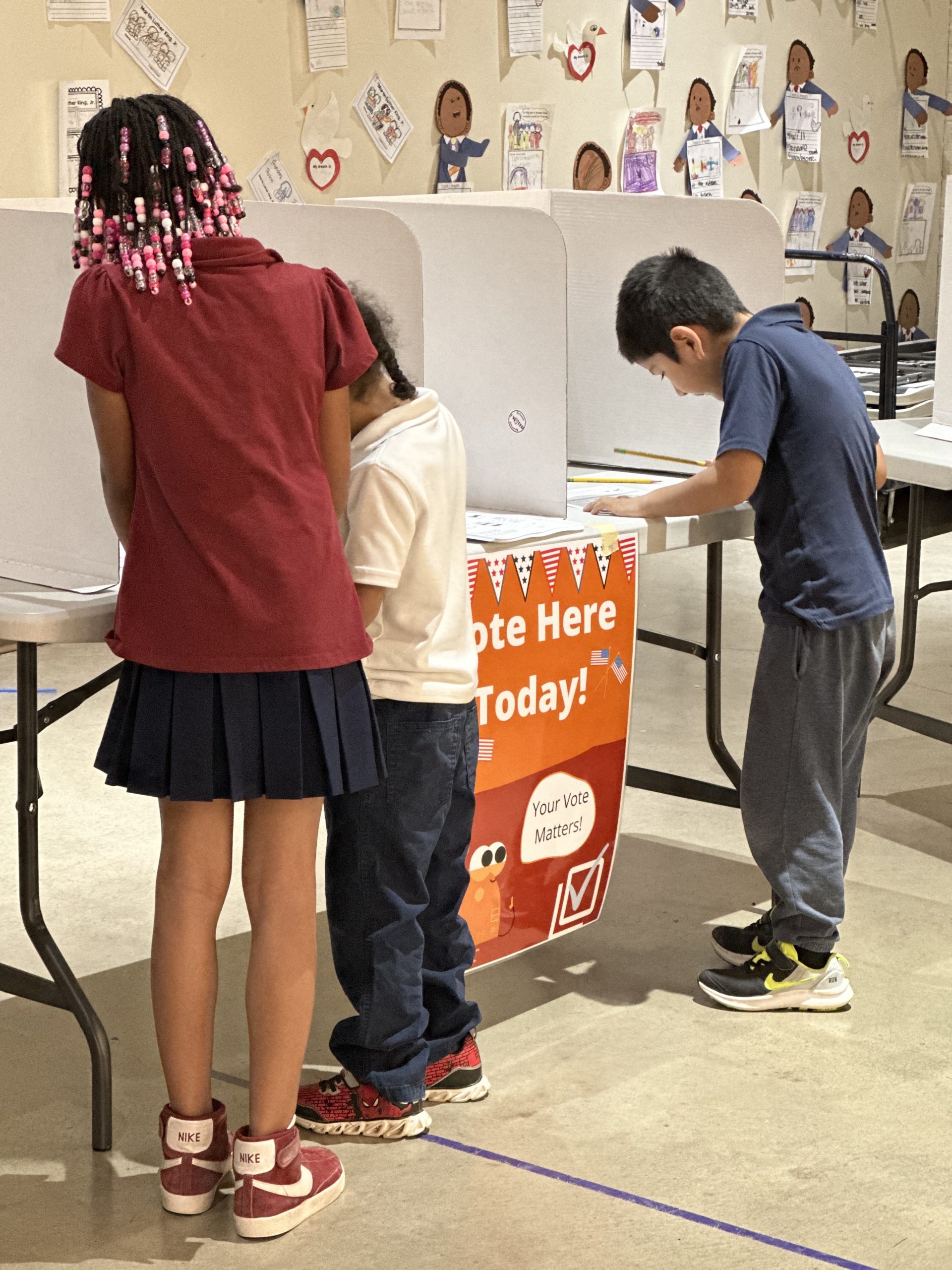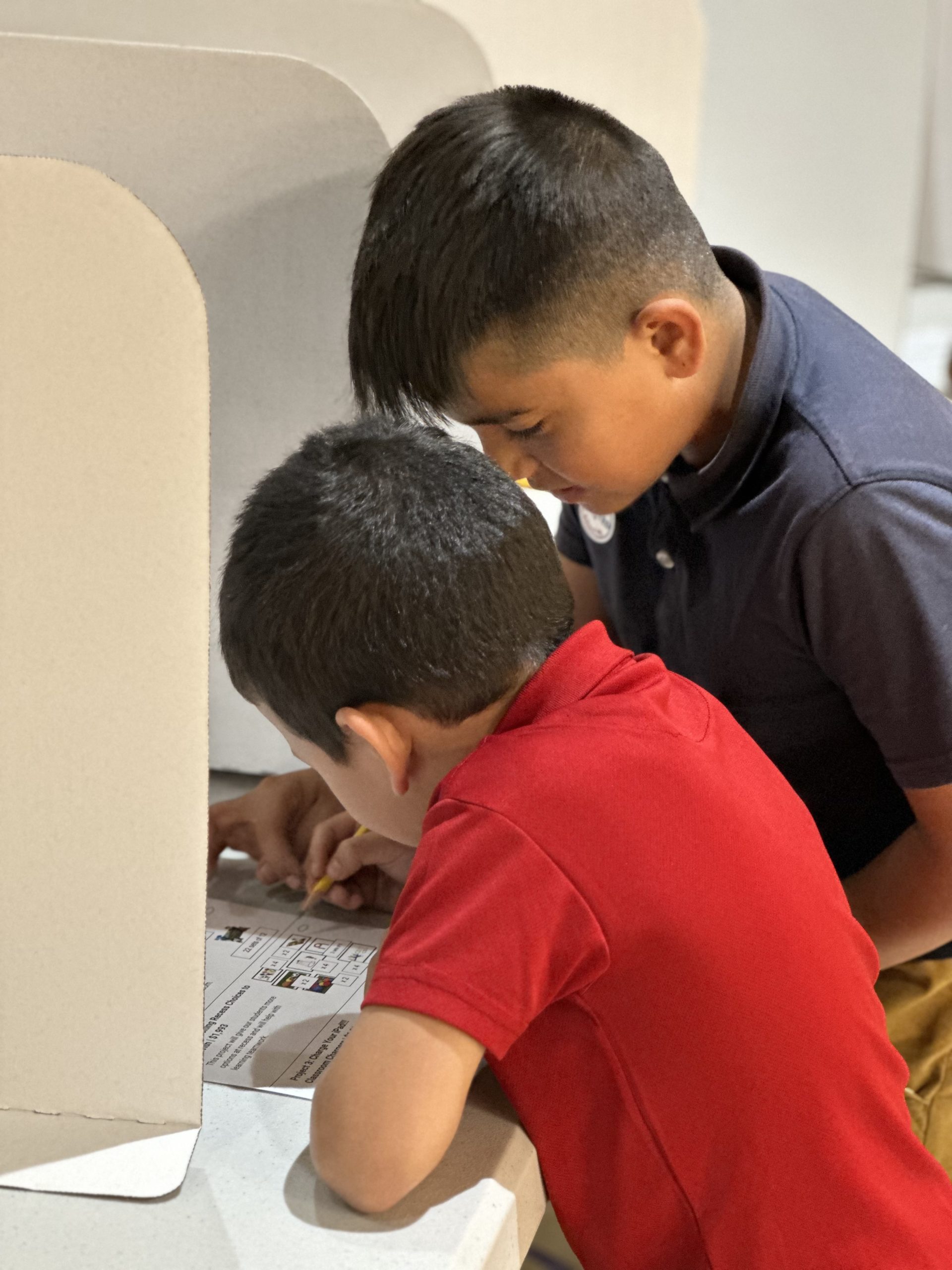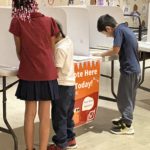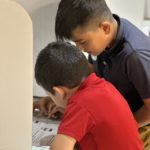Teacher: Tara Bartlett

Tara Bartlett
Tara has been an educator for 14 years in Arizona, U.S. Title I public middle schools. Through various education leadership roles, like Director of the Arizona Civic Coalition, Tara has been integral in elevating and integrating opportunities for youth and families to participate in school community decision-making processes and policy creation/adoption. These experiences, alongside observed outcomes of civic action and youth voice, have spurred Tara to reimagine how schools can equip youth with the knowledge, attitudes, skills, and practices to become political and civic changemakers within their communities to address global issues like climate change, human rights, and body positivity.
Usefull links related to the Solution
Overview
School Participatory Budgeting (SPB) is an innovative civic learning process designed to build student agency, collaboration, and critical thinking skills while creating equitable opportunities for students to authentically contribute to their communities and civic life. SPB aims to complement civic education by providing an authentic democratic experience for students to take part in. These skills and experiences are critical for students to engage with climate change issues in a meaningful way.
Theory of Change
It has been observed that students have become disenfranchised with issues that affect them, feeling that they are unheard and their concerns are invalid. SPB provides students with a platform which allows them to address issues which directly affect them including climate change issues. SPB gives the students space, time and funding to deliberate on and vote for solutions to some of the issues. Students have gravitated to ideating, proposing, and voting for projects that address climate change challenges in Arizona, particularly focusing on extreme heat. Tara and the project team identified that SPB should be conducted in conjunction with climate change education, especially in marginalised communities.
Approach and Actions
The project uses a five phase model to organise the SPB process. The steps are as follows_ 1. Students propose ideas to improve the school community; 2. Students transform ideas into proposals by researching cost, implementation timeline, sustainability, feasibility, and impact; 3. Students deliberate on viable proposals and discuss the pros and cons; 4. Students vote on proposals to select winning projects; 5. Winning school improvement projects are funded and implemented.
Impact
All phases of the process are led by the students, with the support of their teachers, the community and civil society organisations. Schools which have been improved through the SPB process, to have more sustainable features, can act as models for greening communities.



